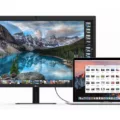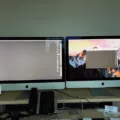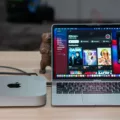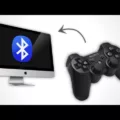If you are looking to connect your iMac to a TV, you’ve come to the right place. Connecting an iMac to a TV is simple, and there are several ways to do it. In this blog post, we will cover the different options available when connecting an iMac to a TV, as well as provide detailed instructions on how to connect each type of connection.
The most common way to connect an iMac to a TV is through HDMI. To do this, you will need an HDMI cable and a compatible adapter for your iMac’s port. If your iMac has an HDMI port (found on models from 2018 or later), then you can use a simple HDMI cable to connect directly from the iMac’s HDMI port to the HDMI port on the TV. If your iMac does not have an HDMI port but does have other ports such as Mini DisplayPort, Thunderbolt 3, USB-C or Thunderbolt 2, then you will need an adapter in addition to the HDMI cable.
Once you have determined which type of adapter you need and acquired one if necessary, connecting your iMac to your TV via HDMI is easy: simply plug one end of the HDMI cable into the appropriate port on your computer and plug the other end into the appropriate port on your TV. Make sure that both devices are powered on before attempting this connection.
Another option for connecting your iMac to a TV is by using Apple’s AirPlay technology. AirPlay allows you to stream content wirelessly from Mac computers or iOS devices (such as iPhones and iPads) over Wi-Fi networks directly onto compatible TVs with AppleTV boxes connected. To use AirPlay with an existing AppleTV box that supports streaming video and audio, all you need is a compatible device running iOS 4.3 or later or Mac OS X 10.6 or later and both devices connected over Wi-Fi networks in order for them to recognize each other automatically. From there, simply select your AppleTV from iTunes or another supported app and start streaming!
Finally, if neither of these two options works for you or if you would prefer a wired connection between your computer and TV instead of wireless streaming via AirPlay technology, then another option is using VGA cables in conjunction with audio cables such as RCA cables for sound output from your computer’s headphone jack (or line out jack). To do this requires two different adapters depending upon which ports are available on either device – one VGA male-to-male connector that connects between the VGA ports on both devices; and one audio male-to-RCA female adapter that splits into three cables that attach between the headphone/line out jack on one device and red/white RCA jacks (for left/right stereo sound) found usually near any composite video input jacks found near TVs built after 2000.
We hope this blog post has been helpful in providing information about how best to connect an iMac computer with a television set!
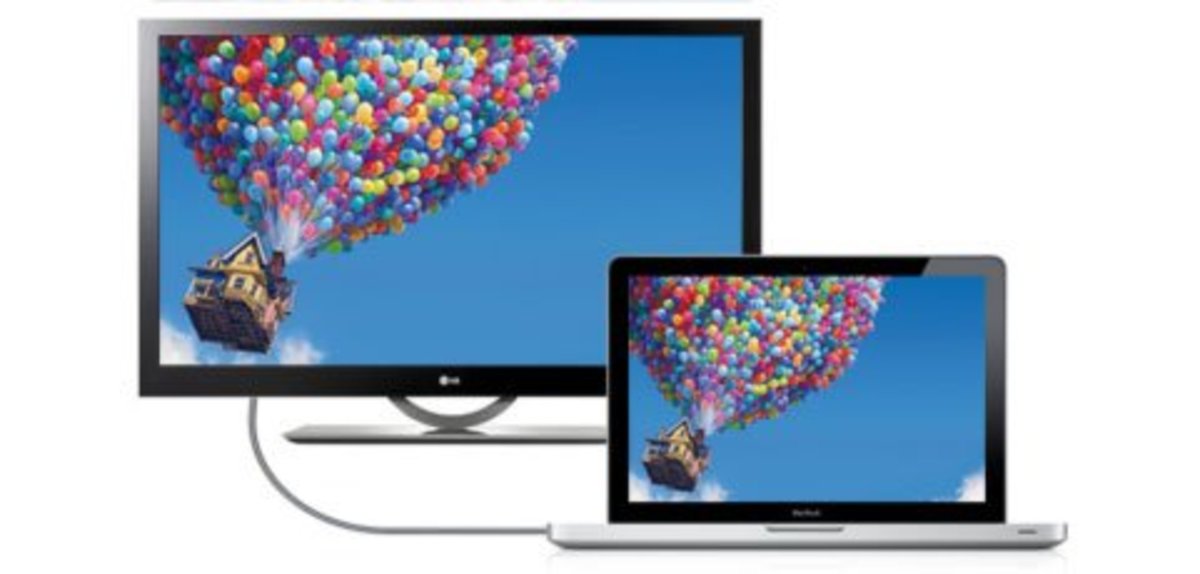
Connecting an iMac to a TV Without HDMI
To connect your iMac to your TV without HDMI, you’ll need an adapter that fits both devices. Depending on the connections available on your iMac and TV, you may need either a USB-C to VGA adapter or a Thunderbolt 2 to VGA adapter. Once you have the right adapter, simply plug it into the appropriate port on your iMac. Then, connect a separate audio cable (like an RCA cable) from the output of the adapter to a corresponding input on your TV. This will allow you to transfer both video and audio signals from your iMac to the TV.
Connecting a Mac to a TV with HDMI
Yes, you can connect your Mac to your TV with HDMI. Depending on the type of ports your Mac has, you will need either an HDMI cable or an adapter. If your Mac has an HDMI port, you can connect directly to your TV with an HDMI cable. If your Mac has USB-C ports, you’ll need to use an adapter like the Apple USB-C Digital AV Multiport Adapter. If your Mac has Mini DisplayPort, you can connect to HDMI with a Mini DisplayPort to HDMI adapter or cable. Once connected, make sure that both devices are turned on and that the TV is set to the correct input for the connection type.
Connecting a Mac to a TV Without Apple TV
Displaying your Mac on your TV without Apple TV is easy and can be done with an HDMI cable. Start by powering up both the Mac and TV, then connect them using an HDMI cable. Once the connection is established, use the remote control to select the HDMI source on your TV. Your Mac’s screen will then be mirrored on your TV. Additionally, if you have a newer Mac model, you may need to adjust the display settings on your Mac to ensure that it is outputting video over HDMI.
Troubleshooting Mac Connection Issues with TV
It’s possible that your Mac isn’t detecting your TV correctly. Try going to the Apple menu, then System Preferences > Displays. Hold the Option and press the Detect Displays button. This should help the Mac recognize your TV and allow you to connect to it. If that doesn’t work, try unplugging and plugging your TV back in again. That should reset the connection and allow you to connect to it successfully.
Connecting a Mac to a TV Using USB
Unfortunately, no. Macs do not have the ability to connect directly to a TV using a USB connection. The best way to connect your Mac to your TV is by using an HDMI cable or adapter. You’ll need a USB-C-to-HDMI adapter for MacBooks made in 2015 or later, a Thunderbolt-to-HDMI adapter for MacBooks with Thunderbolt connections, or a Mini DisplayPort-to-HDMI adapter for MacBooks with Mini DisplayPort connections.
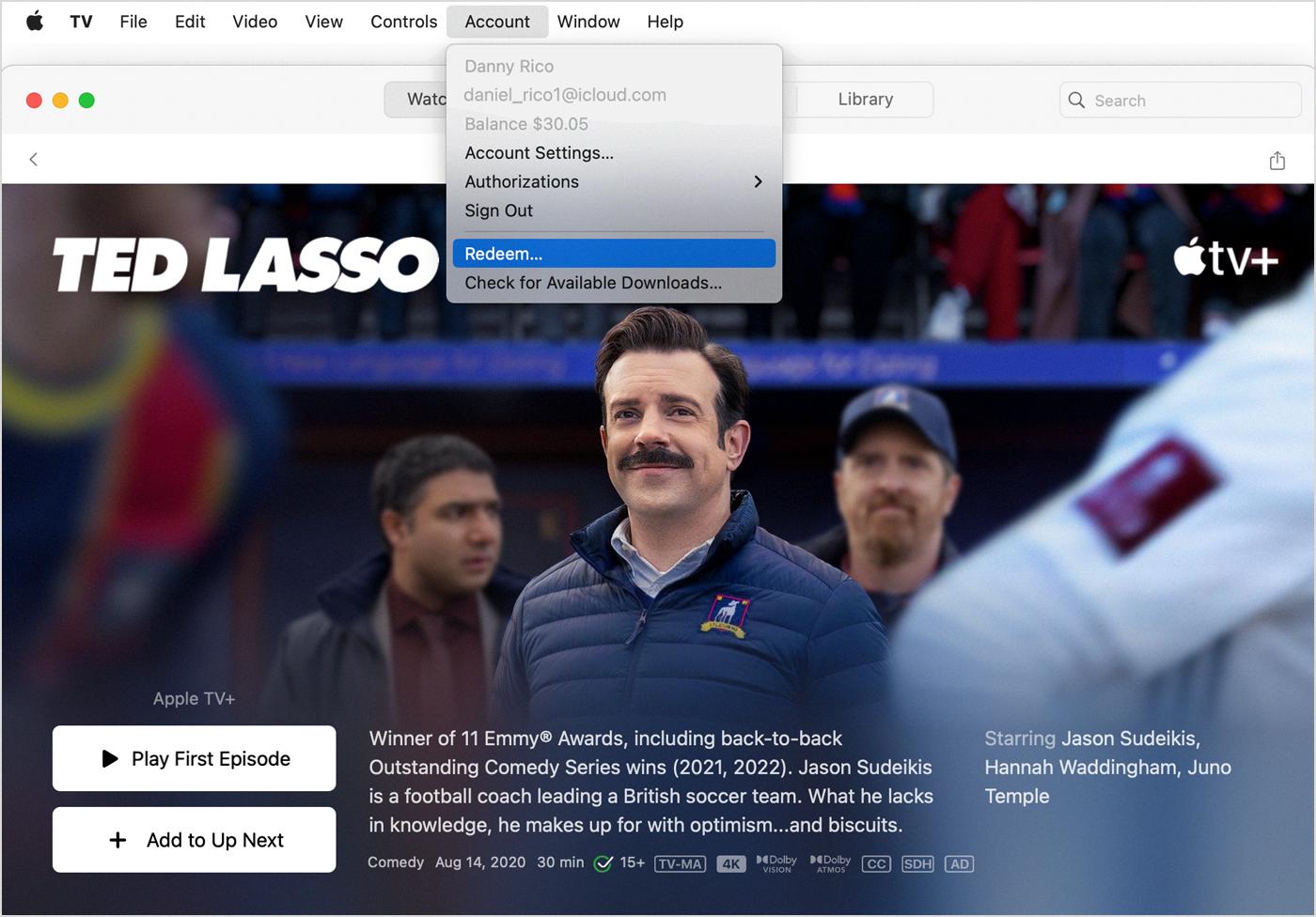
Source: support.apple.com
Connecting a Computer to a TV Without HDMI
If your computer and TV do not both have HDMI ports, you can use either a VGA or DVI cable to connect the two. Both your computer and TV must have the same type of port in order for this connection to work. A male-to-male VGA or DVI cable is required; these cables will usually have the same connector on both ends. On some TVs, the VGA input may be labeled “PC IN” or “Computer IN”. Once you have connected the cables, you should be able to change the input on your TV to see what is being output from your computer.
Displaying a Computer on a TV
You can easily display your computer on your TV by connecting an HDMI cable from your computer to your TV. Most laptops come with an HDMI port, so all you need is the HDMI cable. This will allow you to send full HD and 4K video, as well as surround sound audio to your TV. If you don’t have an HDMI port, then you can use a VGA (D-Sub) cable instead. Simply plug one end into the VGA port on your laptop and the other end into the corresponding VGA port on your TV. Once connected, you should be able to mirror or extend the display of your laptop onto your TV.
Do Mac Computers Have HDMI Ports?
Yes, certain Mac models have HDMI ports. The 14-inch and 16-inch MacBook Pro models introduced in 2021 both feature a full-sized HDMI 2.0 port for connecting to external displays, as does the Mac Studio introduced in 2022. This port supports resolutions up to 4K at 60Hz, making it perfect for watching movies or playing games on your TV.
Using a TV as a Monitor
To use a TV as a monitor, you will need to connect your PC and TV using an HDMI or DP cable. First, check the ports available on both devices to make sure they have compatible connections. Then connect the HDMI or DP cable from your PC to the TV and switch the input source of your TV to the correct one. Lastly, make sure that you match the resolution of your PC to that of your TV so that it displays properly.
Casting a Mac to a Normal TV
To cast your Mac to a normal TV, you will need an adapter and an HDMI cable. Start by connecting the HDMI cable from the HDMI port on your TV to the adapter. Then, connect the USB port of the adapter to a power source. Finally, connect the othr end of the HDMI cable to your Mac’s Mini DisplayPort (or Thunderbolt) port. Once connected, go to System Preferences > Displays and select your TV from the AirPlay Display drop-down menu. Your Mac should now be successfully casting its display to your TV.
Connecting a Mac to a Non-Apple TV Wirelessly
To connect your Mac to a non-Apple TV wirelessly, you’ll need to make sure both devices are connected to the same WiFi network. After that, you can use AirPlay to stream content from your Mac to your TV. To do this, open the menu bar at the top of your screen and click on the AirPlay icon (a rectangle with a triangle underneath). You shoud be able to find your TV in the list of available devices under the AirPlay 2 section. Once you select it, you’ll be able to start streaming content wirelessly from your Mac to your TV.
Connecting a Mac to a TV Without WiFi
To connect your Mac to your TV without Wi-Fi, you need a physical connection between the two devices. You can do this by using an HDMI cable, which will allow you to mirror the content on your Mac’s screen onto your TV’s display. To do this, plug one end of the HDMI cable into an available HDMI port on your TV and the other end into a Thunderbolt or Mini DisplayPort on your Mac. Then, select the appropriate input channel on your TV and you should be good to go!
Troubleshooting Mac Display Detection Issues
If your Mac is not detecting external displays, it could be due to a few different factors. Your Mac may not be recognizing the cable or adapter you are using to connect the display, the display may not be compatible with your Mac, or there could be a problem with the ports on either your Mac or the display itself. To troubleshoot this issue, first, try disconnecting and reconnecting the cable from your external display. If that does not work, try using a different cable or adapter that is compatible with both your Mac and the display. If that still does not work, you may need to have your Mac and/or display checked for any hardware issues.



